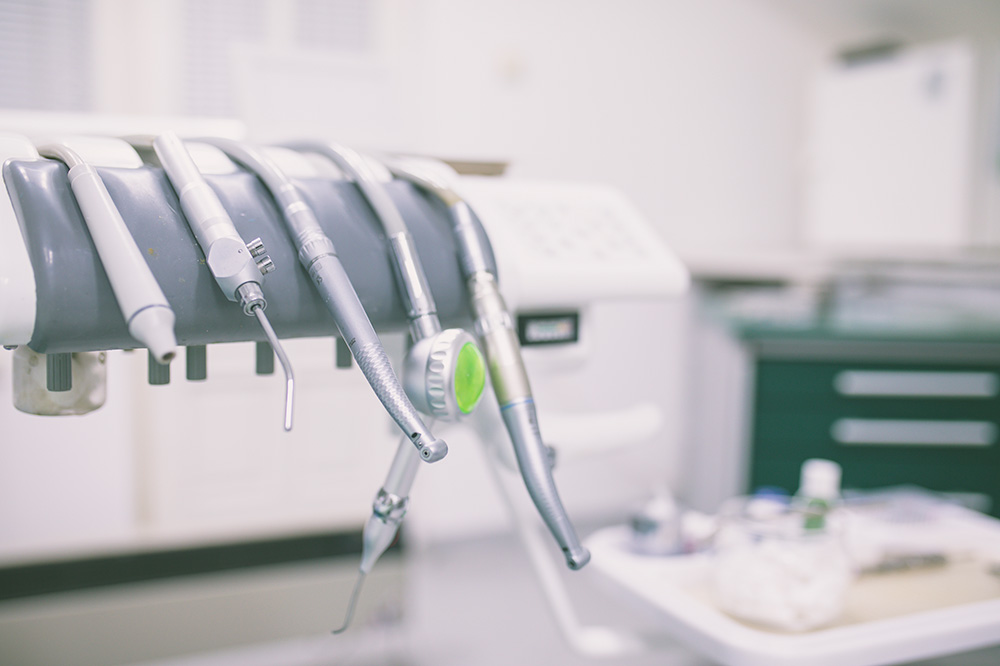Dental Technology Near You
Advanced dental technology near you is an important aspect of oral healthcare that many of us take for granted. Different pieces of equipment can be extremely useful to dentists, hygienists, and other specialists when it comes to diagnosing patient conditions and customizing treatment plans to satisfy their unique preferences and goals.
Outlined below for your convenience are the various types of dental technology that our dentist near you offers. To learn more, or if you have questions at all, don’t be shy – our staff is here to assist you however you need.

Services That We Offer
At Auden Park, we are extremely pleased to be able to use high-quality dental equipment to aid patients in their oral health journey. These devices are described in further detail below for you:
- CEREC
CEREC dental technology in Kingston is mainly used to create dental prosthetics that are incorporated into restorative procedures and processes. Two primary examples include bridges and crowns. Scans taken of your oral cavity are delivered to a computer. In turn, that information is used by your dentist in Kingston, ON to create the prosthetic device out of ceramic in the same visit.

- SprintRay
A SprintRay is a unique kind of 3D technology that is used by dentists to address long wait times, especially for those patients who are waiting to receive customized orthodontic appliances like aligners or retainers, and mouth guards.
- VELscope
The VELscope is an important handheld tool that allows dental professionals to identify abnormalities in the oral cavity related to oral cancer, mainly in their tissues. When the light from the VELscope is directed into a patient’s mouth, healthy and unhealthy tissues will show up in different colors, from red, to green, to yellow.
- CariVu Digital Caries Detector
This is a small, transportable device that permits dentists to see through a tooth to examine its internal structure. It is safe for patients of all ages, including children. The CariVu can easily detect cavities and tooth fractures.
- The Wand for Single Tooth Anaesthesia
Evident by its name, The Wand can be incorporated into numerous dental procedures. It is a unique system that steadily delivers anesthesia to patients. One unique aspect of The Wand is that it numbs the injection site before the medication is administered.
- PRF
PRF stands for Platelet Rich Fibrin. It refers to fluids filled with platelets and white blood cells. Each of these things helps patients recover quicker after a procedure, your dentist in Kingston, ON can administer PRF to you after your appointment ends. Furthermore, PRF is made from your own cells, meaning that there will be no adverse effects.
- LightWalker Laser
Light waves, as indicated by the name, are channeled in this device to remove oral tissues that have succumbed to decay or damage. Excessive tissues can be removed too. The LightWalker Laser ensures a high degree of precision during treatment.
- Diode Laser
Dental professionals may use Diode Lasers to perform oral surgery or even routine treatments like biannual cleanings. It is a cordless, handheld device that can sterilize wounds and cut blood vessels if necessary. The energy emitted from the laser is absorbed by the water, melanin, and hemoglobin in the soft tissues of the body.
Frequently Asked Questions
How does digital technology improve dental care?
The use of digital technologies results in greater precision, faster diagnoses, and enhanced treatment planning, which would be conducted using digital X-rays, 3D imaging and intraoral scanners.
Are digital dental technologies safe for patients?
Digital technologies are safe and use forms of radiation that are less than traditional technology; faster, easier, and more precise care is the goal
What is the future of digital technology in dentistry?
The future will bring even more AI-based diagnostics, 3D-printed restorations, and virtual consultation forms to expedite, personalize, and extend dental care options.
What should patients expect during a visit to a digital dental clinic?
Patients can expect to experience quicker check-ins, accelerated imaging processes, high-tech visual displays of treatment explanations, and faster and more precise treatments with less discomfort.
What are the latest advancements in digital orthodontics?
Recent changes involve new technology with the use of 3D-printed aligners, AI-based treatment planning, and remote tracking of treatment progress, which gives us greater flexibility and accuracy.
How is digital technology improving preventive dental care?
Digital technology, through high-definition imaging and data analyses, allows for early detection to treat decay and gum disease and other diseases/destructive stages early and with greater success.
